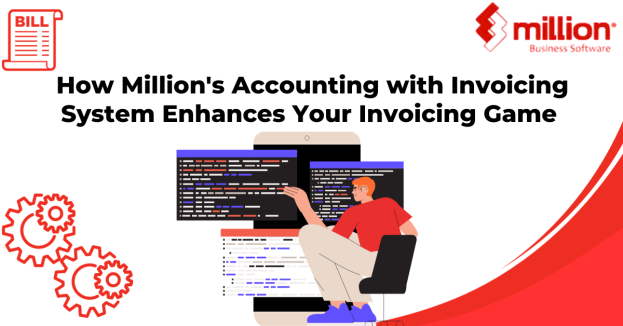Introduction:
In recent years, Malaysia has undergone a significant transformation in its tax system, shifting from the Goods and Services Tax (GST) to the Sales and Services Tax (SST). This transition has sparked debates and discussions about its implications on businesses, consumers, and the overall economy. In this blog post, we’ll explore the reasons behind Malaysia’s decision to convert from the GST system to the SST system.
Understanding GST:
The GST system, implemented in Malaysia in 2015, was designed to broaden the tax base and streamline the tax structure. It aimed to replace the Sales and Services Tax and eliminate cascading taxes, promoting a more efficient and transparent taxation system. However, the GST system faced challenges and criticisms during its implementation.
Challenges Faced with GST:
- Public Backlash: The introduction of the GST system led to public dissatisfaction, with many perceiving it as an additional burden on their daily expenses.
- Impact on Low-Income Groups: GST was criticized for disproportionately affecting low-income households, as they felt the pinch of higher prices on essential goods and services.
- Complexity for Businesses: Businesses, especially small and medium enterprises (SMEs), struggled with the complexity of GST compliance and reporting requirements, leading to increased administrative burdens.
The Shift to SST:
In response to the challenges posed by the GST system, Malaysia made the bold decision to revert to the SST system in 2018. The SST is a single-stage consumption tax levied at various stages of the supply chain, providing a more straightforward approach compared to the multi-stage GST.
Reasons for the Shift:
- Addressing Public Concerns: The shift to SST was driven by a desire to alleviate public dissatisfaction with the GST system. By reverting to SST, the government aimed to reduce the financial burden on the general population.
- Boosting Consumer Confidence: SST, being a single-stage tax, is often perceived as more straightforward and consumer-friendly. This simplicity contributes to enhanced consumer confidence and trust in the taxation system.
- Supporting SMEs: The SST system is considered more favorable for SMEs, as it eases the compliance burden and reduces administrative complexities. This, in turn, fosters a more conducive environment for business growth.
- Customization for Economic Conditions: SST allows for more flexibility in tax rate adjustments, providing the government with the ability to tailor tax policies to economic conditions. This adaptability is crucial for maintaining stability and promoting economic growth.
Conclusion:
The shift from the GST system to the SST system in Malaysia reflects a commitment to addressing the concerns of both the public and businesses. By prioritizing simplicity, fairness, and economic adaptability, Malaysia aims to create a taxation system that not only meets revenue needs but also fosters a positive environment for economic development. As the country continues to navigate this transition, ongoing evaluation and feedback will be essential to ensure that the SST system aligns with the broader goals of sustainable growth and public welfare.









